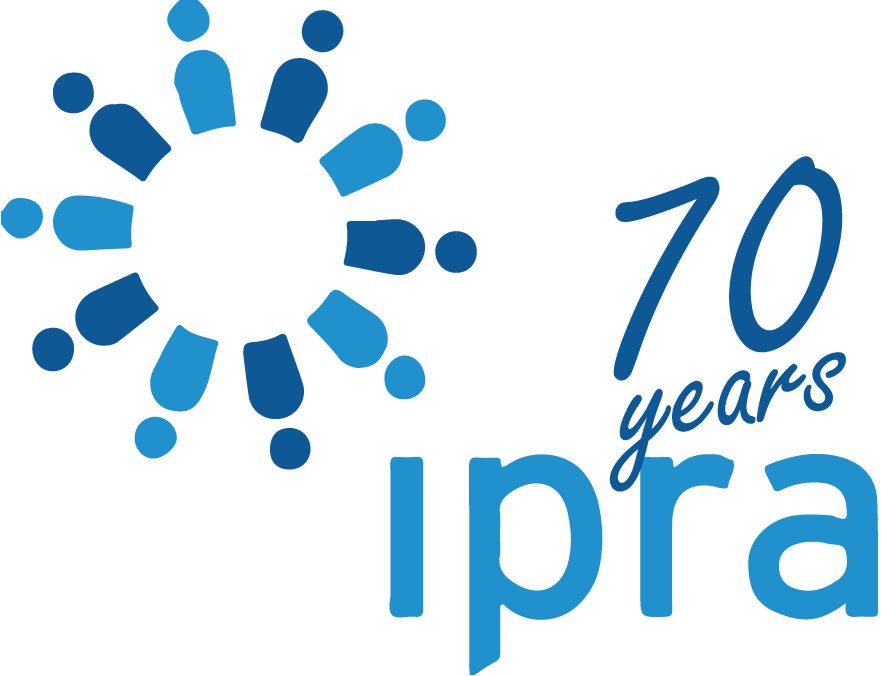ITL #650 LinkedIn: why it’s non-negotiable for CEOs
1 month, 2 weeks ago
A CEO’s presence on LinkedIn builds credibility, strengthens culture and directly influences talent acquisition and retention. By Stephanie Roberts.
When I started working in communications, the voice of the CEO was mediated. It traveled mainly through press releases, carefully prepped media interviews and investor calls. Those channels still serve a vital purpose, but they are no longer the primary source of connection. Today, the most direct and trusted channel a CEO has is a platform like LinkedIn.
The reason for this shift is straightforward. The market has shifted its trust. People don’t inherently trust a logo or a corporate brand page, but they do trust people. Increasingly, employees, recruits, customers, prospects and investors expect to hear directly from company leaders in their own words and in their own voice.
Why executives outperform brands
I’ve seen this play out firsthand. Earlier this year, I measured the performance of LinkedIn posts from my then-CEO against the official company LinkedIn account. The difference was striking. Even with half the posting frequency, his content consistently performed two to three times better on engagement and reach. It was clear proof people respond more strongly to a human voice than a corporate brand.
And it’s not just my experience. LinkedIn itself has reported posts from CEOs receive engagement rates three times higher than posts from company accounts, which aligns with my own experience.
But the benefits extend well beyond metrics. Brunswick’s Connected Leadership report found employees prefer to work for a CEO who uses social media by a 4-to-1 margin. Nearly 90% of employees also say having a leader who communicates directly and transparently is a factor in whether they stay with an employer — right alongside compensation and benefits.
A CEO’s presence on LinkedIn builds credibility, strengthens culture and directly influences talent acquisition and retention.
The expectation of visible leadership
This level of digital visibility is no longer optional. It’s expected.
According to Foretell’s Great Trust Reset survey, in crises the most trusted voices are the company’s CEO (22%) and senior management (20%). Only 8% want to hear from a spokesperson, and even fewer trust brand accounts.
The same pattern holds true outside of a crisis. Roughly half of those under 50 prefer to hear from business leaders on social media, compared to less than a third who turn to mainstream media. The shift is unmistakable. Credibility comes from direct, personal communication.
Investors are no exception. Brunswick notes 99% of investors use digital sources to research an issue, and nearly half check what CEOs and other C-suite leaders are saying on social media. In an age demanding certainty and transparency, LinkedIn has become one of the fastest ways to gauge the leadership of a company.
As communicators, our job is no longer to only foster media relationships. It’s to ensure leaders show up authentically and consistently in the digital town square.
Why communications must own this strategy
An executive’s LinkedIn presence is not a hobby or a side project. Nor should it fall to their assistant or an intern. It is a core pillar of corporate communications strategy, and it requires professional expertise. That’s why companies like PayPal offer salaries of up to $237,000 USD for the role. It demands alignment of message, tone and timing across every other channel the company uses, along with keen judgment as each word can be scrutinized.
And it’s precisely why communications must own the strategy. A CEO’s LinkedIn presence should reinforce the company’s mission and values, support the business strategy and model the transparency stakeholders expect, but show their human side too. More on that later.
There’s another critical dimension, which is leading by example. Nobody respects “do as we say, not as we do.” If we, as communications leaders, aren’t visible and engaged on LinkedIn ourselves, it’s hard to credibly advise our executives to be. Posting regularly, commenting thoughtfully and showing up consistently gives us both the credibility and empathy needed to counsel effectively.
I started showing up on LinkedIn about 18 months ago, posting just once per week. I was the same communications professional I’d always been, but the results were transformative. People beyond my own company began to know my name. Industry peers cited my posts. Invitations to panels, podcasts and media interviews followed. My network grew across industries and geographies. And I regularly hear from people who say they learn from what I share. Visibility and credibility came from one simple choice, which is showing up.
The “how” matters as much as the “what”
Many executives worry a LinkedIn presence will take too much time, they won’t know what to say or they need to be “perfect” every time. None of that is true.
Most effective CEOs spend less than an hour a week on their social platforms. Posts don’t need to be daily. Even one meaningful post per week can build significant impact over time. The real differentiator is authenticity.
Valuable posts can be things like:
- Recognition of an employee achievement, with a photo
- Their perspective on an industry trend
- Sharing a company milestone in a personal way
- Sharing their stories, personal experiences and what they’ve learned
- Highlighting hobbies, their reading list or a recent vacation
What matters is leaders sound real. People won’t follow someone they don’t trust, and they can’t trust someone they don’t know.
Practical steps for communications teams
So how can communications teams make this shift sustainable for both executives and the communications function? A few practices I’ve seen work well:
- Start small with one authentic post per week. It’s plenty to build momentum and won’t overwhelm leaders.
- Executives are busy, so you’ll likely draft for them, but the language should sound like them. Imagine you’re at a team dinner with them and write in that tone.
- Simplify the process with a light content calendar, quick approval flow and easy ways to capture ideas (voice notes, travel photos and short debriefs) reduce friction
- Regularly compare CEO engagement metrics with corporate channels. The data speaks louder than opinion.
These steps not only make it easier for executives, but they also demonstrate LinkedIn is a critical leadership tool and not a “nice to have.”
The future is visible
A couple years from now, a comprehensive executive social media strategy will be, or should be, standard at every major company. The only question is whether communications leaders will be the ones shaping it.
If we step back, someone else will fill that space, and the result may be fragmented, off-message or inauthentic. Companies neglecting this digital arena will fall behind in trust, talent and investment. Those who lean in now will have leaders who are credible, connected and resilient in a space remaining underutilized.
As communicators, we are responsible for helping leaders find their voice. What has surprised me most is how quickly visibility builds credibility. I didn’t expect it for myself, and I see it every week with the leaders I support. It’s why now more than ever that voice belongs on LinkedIn.

The Author
Stephanie Roberts
Stephanie Roberts is Chief Communications Officer at Hitachi Industrial Equipment Systems, a subsidiary of Hitachi, Ltd. As an expat in Tokyo for the past 3.5 years, she leads the global communications function, spanning corporate, internal, external and crisis communications, as well as branding, events and digital strategy.
mail the authorvisit the author's website
Forward, Post, Comment | #IpraITL
We are keen for our IPRA Thought Leadership essays to stimulate debate. With that objective in mind, we encourage readers to participate in and facilitate discussion. Please forward essay links to your industry contacts, post them to blogs, websites and social networking sites and above all give us your feedback via forums such as IPRA’s LinkedIn group. A new ITL essay is published on the IPRA website every week. Prospective ITL essay contributors should send a short synopsis to IPRA head of editorial content Rob Gray emailShare on Twitter Share on Facebook

